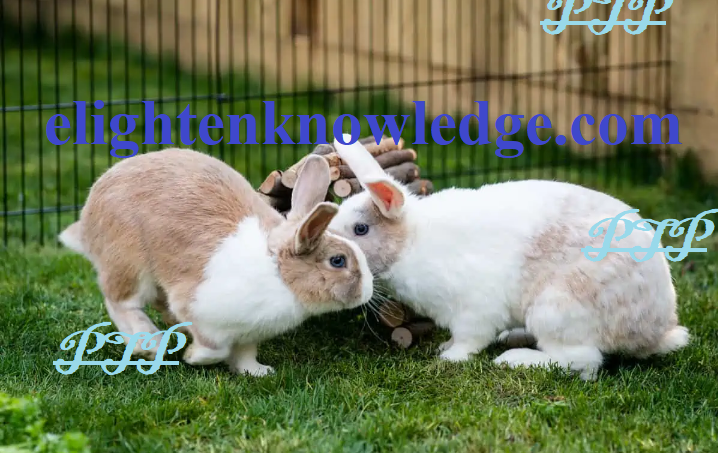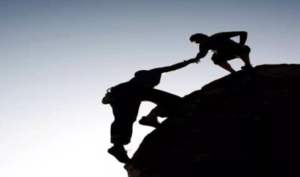How to Develop a Quality and a High-Performing Group or Team.

How to Develop a Quality and a High-Performing Group or Team.
All teams and groups go through five stages of development, although they do not necessarily go through those stages together or simultaneously.
The Forming/Organizing Phase.
- This is sometimes referred to as a team’s childhood.
- This is the first stage of development.
- At this stage, team members may have no clear idea of what to expect or what they will accomplish.
- The team leader will be influential and will likely make many of the decisions.
- Your leadership style here is usually that of telling.
- As a team leader, you will make sure your team members know one another and know about one another so they can begin feeling comfortable together.
- You help them decide on their team goals and objectives, and you share your expectations with them.
- You are the role model so you must demonstrate that you value each member of the team, and have high expectations that they will perform well.
Storming Phase
- This stage is often referred to as team adolescence.
- As members of the group work together, they become more comfortable voicing their own opinion and they may not agree with either the team leader or the other members of the team.
- There is often disagreement and conflict, with little cliques forming and alternate goals being suggested.
- Team members notice how different other members are and a pecking order may be established.
- In this stage of team development, you will usually find the selling style most useful.
- This can be a difficult time, particularly if turf wars develop.
- You are an even more important role model now, communicating with all team members, reminding them of how valuable each of their roles is, and helping them settle their disagreements.
- Do not ignore them, but deal with them openly and honestly.
- All the while, you are helping them get to know one another better and coaching them so they become more skilled at their job.
- Any group training at this point is often on team building.
The Norming Phase.
- This stage is often referred to as young adulthood for a team.
- Eventually, if you continue to encourage, support, and communicate with your team they will work out their differences and begin to see that they are quite a bit alike after all.
- Now they begin to enjoy being together and they start having more fun so much fun that occasionally they may forget about the work they are to get done.
- You will find that the participating style serves you well when a group is in this stage of development.
- Eventually, your hard work and your support will pay off and your team gradually begin to trust one another and become a more cohesive group.
- Now they start enjoying work and the company of other team members.
- They begin to notice what you have been telling them all along: they do have a lot in common.
- They start to socialize together and may even get so involved in social activities that they forget about what they are trying to accomplish.
- This is a good time to move away from being quite so hands-on and begin to delegate tasks.
- Cross-training can be useful.
And the Performing/Working Phase
- Now the team is beginning to mature.
- They have skills, know their strengths and limitations, and have a good deal of problem-solving abilities.
- By now they have figured out perhaps with your help who does what to make the team effective and they work well together.
- The challenge for you now is to keep them from becoming bored.
- You will use your skills as a delegating style leader.
- Finally, they’ve arrived
- You have a team who are capable of working on their own.
- Hopefully, you have been celebrating team successes ever since you started working together.
- However, don’t stop now.
- They still need to feel appreciated.
- Encourage them to do some self-evaluation and some work evaluation to see if there are things they can do even better.
- Continuous suggestions for improvement should come from this group.
NOTE:
Group dynamics are never static, so don’t ever be fooled into thinking your battle is won.
If a new member joins the team, or their roles change, you may find your group right back in the storming stage again.
The Final Phase is the Adjourning Phase
- When the group has formally finished working together, or when things are winding down naturally, the group will disband.
- Celebrate successes and achievements, and then bring the team to a close.
- Alternatively, if this was not a successful team, the group should evaluate what went wrong, and use the lessons for later projects.
- Even if the same group is to work on future projects, they will still need to go through all of the stages, although they will likely form and storm very quickly.








